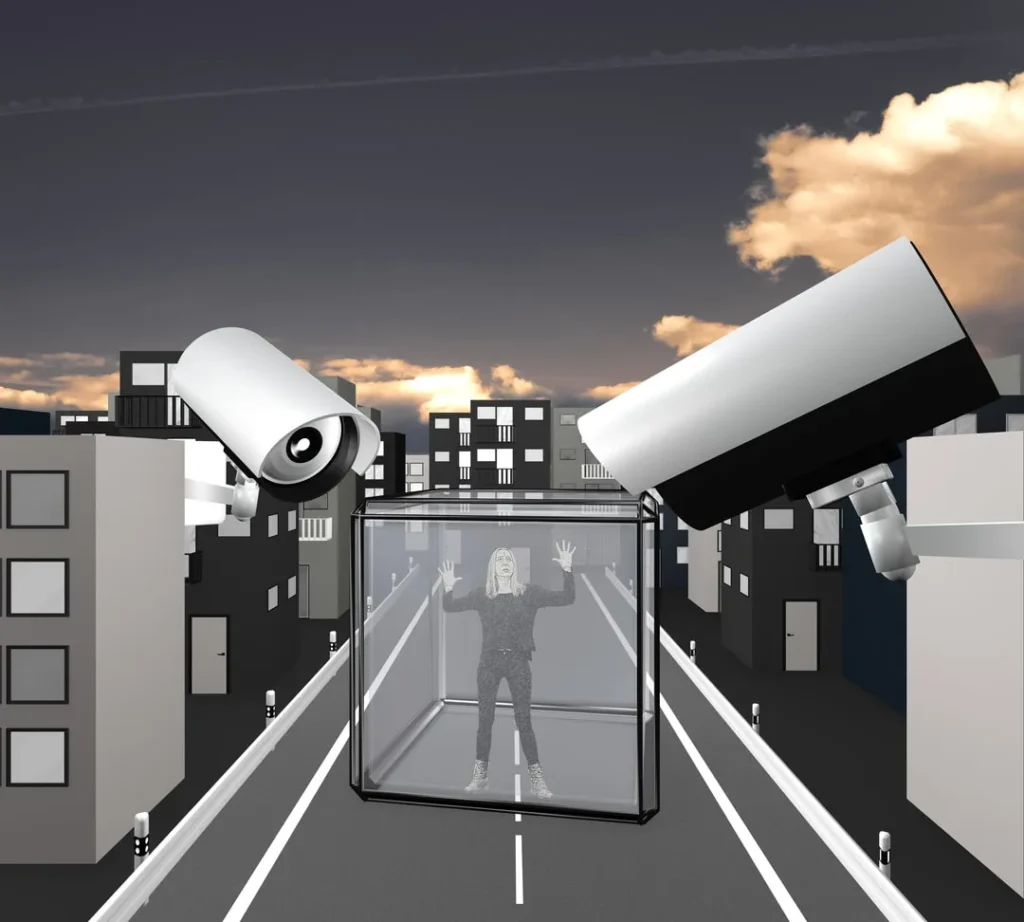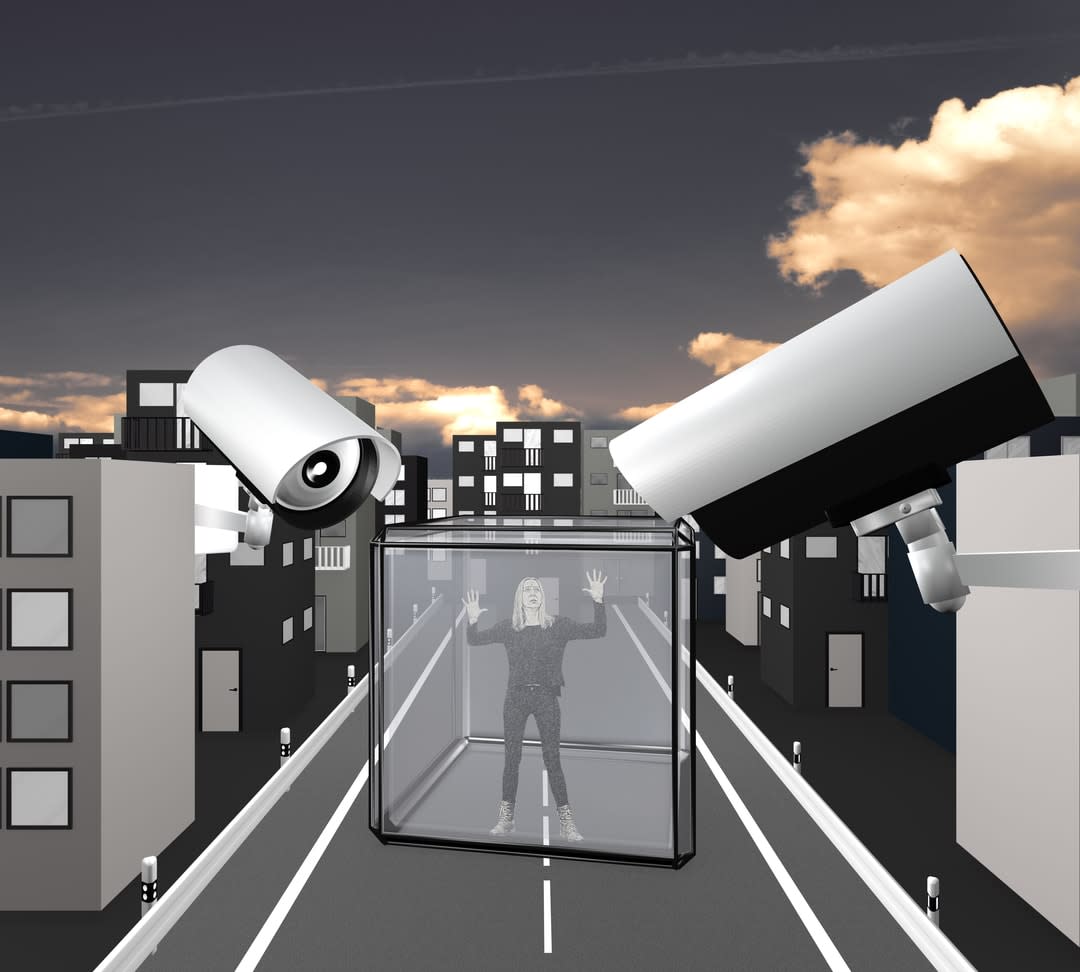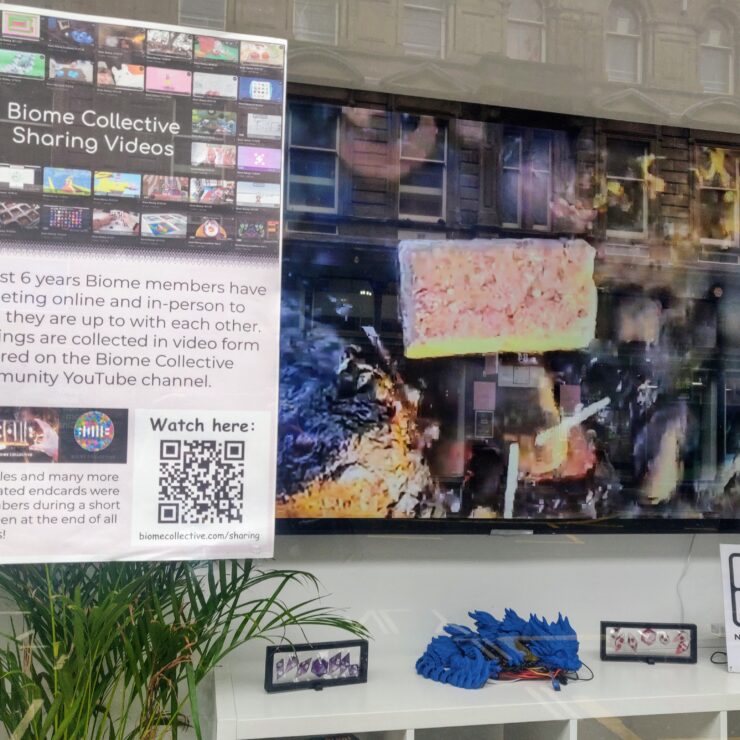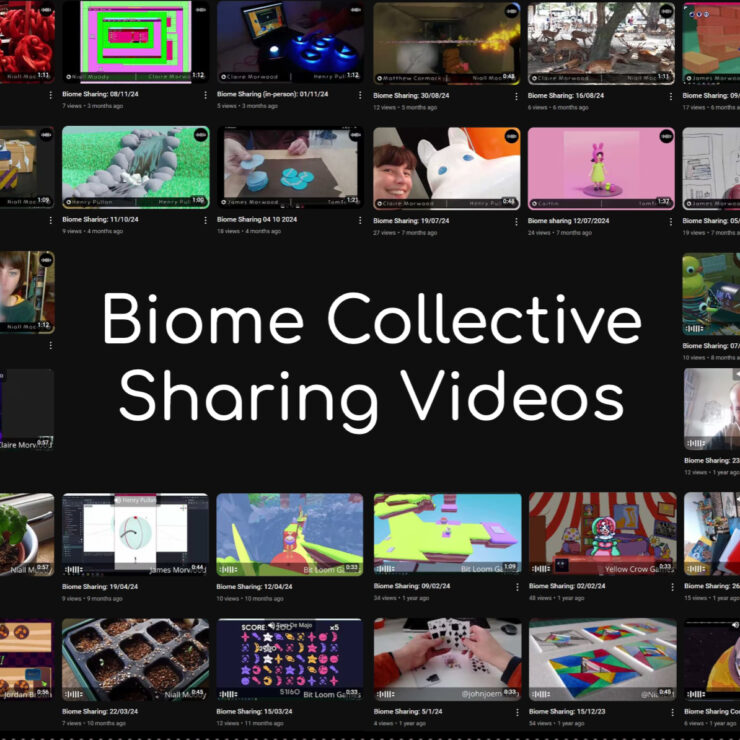Shifting the focus on CCTV and women’s safety – Monash Lens

Closed-circuit television cameras on trains and city streets are meant to reassure us that we’re not in danger – but women don’t always see them that way. Technology-enhanced surveillance, such as CCTV, is often used as a forensic tool after an incident, but there are some risks to this deployment that can negatively affect women’s perceptions of their safety and their actual safety. “The camera makes her feel hyper-vigilant, it makes her modify her behaviour, she might choose to quickly leave that area,” says Nicole Kalms, founder of the XYX Lab, which researches gender and public spaces. “Her immediate response is to think that she’s in an unsafe place … The symbolic impact of the CCTV camera is really shaping women’s behaviour in cities.” Safety still in numbers Although people tell researchers that they want to see CCTV cameras monitoring busy streets and spaces, Associate Professor Kalms says their impact on females is misunderstood. Women and girls “are telling us all the time that CCTV cameras cannot replace the experiences of being with and around other people who are looking out for you”, she says. “So, there’s a lot of contradiction between what councils, politicians, local government want, and what women and girls see as safe.”
By driving women away, cameras perpetuate the problem they’re trying to solve, she says. “The more women we can have in public spaces, the more women will want to be in public spaces, and we [can] build that live surveillance, if you like, of us looking out for each other.” Women and girls also prefer the presence of security officers and guards to cameras, she says. “Real people, authority figures who are trained in gender-sensitive, trauma-informed ways of working with women and girls, they want to see those kinds of people in the space.”Cameras may provide a short-term solution, but they don’t capture all forms of sexual harassment (such as verbal harassment or stalking). At present, such technology may be a short-tern measure deployed while we plot behaviour changes and education about gender violence and gender stereotypes. Until this changes, women will feel vulnerable when moving through public spaces, particularly at night, Associate Professor Kalms says. If CCTV is used, then live monitoring with the ability to respond to any incident is viewed as optimal. But on public transport, maintenance can be a problem, quality is patchy, security footage isn’t always monitored, and not all the cameras work, Associate Professor Kalms says.
“No digital tool can stop random acts of violence and the perpetration of violence against women in city spaces.”
She’s also sceptical of “digital bodyguard” mobile phone apps, which are designed to allow women to tell friends or family members that they’re safe when they travel alone at night. “What we’re starting to increasingly see is that digital bodyguards are being used by partners, and even family members, to monitor women's and girls’ experiences and their movements through cities, which you would understand is quite problematic when we’re thinking about domestic abuse and domestic violence, family violence,” she says. The apps can also give a sense of false security. “No digital tool can stop random acts of violence and the perpetration of violence against women in city spaces,” she says. “Actually, they’re taking away some agency that women and girls really deserve in cities.” So what can women do? The XYX Lab has been asking women and girls to share their experiences of public spaces through a “geolocative tool” on their smartphone or devices that allows them to share what’s happened to them in particular urban spaces. The tool “allows us to understand … what kinds of experiences they’re having, but also how we might make spaces that are more gender-sensitive, how we might design better cities, what kinds of things women and girls need in those spaces”.
Read more: How to make trams, trains and buses safer for females
Using the tool, the lab gathers the urban experiences of women. In 2018, with Plan International and long-term collaborator CrowdSpot, the XYX Lab conducted research across five continents – in Sydney, Lima, Kampala, Madrid and Delhi. (It began with a pilot in Melbourne in 2016.) Altogether, 21,000 women under 35 recorded their experiences in these cities using their smartphones. Although these cities are vastly different, all the participants recorded experiences of sexual harassment. “We can’t get this information in another way,” Associate Professor Kalms says, “because women and girls don’t report this kind of experience to authority figures.” Yet harassment is so prevalent that if women did report these incidents, “they would be at the police station or talking to the public transport authorities almost every day”.When women used the tool for public transport spaces, researchers realised that sexual harassment was most likely to take place on crowded vehicles where detection was difficult. The tool is “not surveillance”, she stresses. While the geolocation tool allows researchers to “locate exactly where particular incidents are happening, the findings are made available to women and their communities so that they are empowered to make change”.
Importantly, it allows the participants “to detail in their own time and in their own way what’s happening”, she says. “They want to tell their story. They can also see other women’s stories. Women's experiences are validated through this crowd-mapping tool. “This dataset becomes a factual, evidence-based way for us to negotiate with policymakers,” Associate Professor Kalms says. “Councils and communities use this to decide what becomes a priority for them.” It allows researchers to “put evidence in front of people who are in positions of power. It helps city-makers make better decisions, and to prioritise the needs of women in the cities that they’re building.” This article was first published on Monash Lens. Read the original article
 Cameras may provide a short-term solution, but they don’t capture all forms of sexual harassment (such as verbal harassment or stalking). At present, such technology may be a short-tern measure deployed while we plot behaviour changes and education about gender violence and gender stereotypes. Until this changes, women will feel vulnerable when moving through public spaces, particularly at night, Associate Professor Kalms says.
If CCTV is used, then live monitoring with the ability to respond to any incident is viewed as optimal. But on public transport, maintenance can be a problem, quality is patchy, security footage isn’t always monitored, and not all the cameras work, Associate Professor Kalms says.
Cameras may provide a short-term solution, but they don’t capture all forms of sexual harassment (such as verbal harassment or stalking). At present, such technology may be a short-tern measure deployed while we plot behaviour changes and education about gender violence and gender stereotypes. Until this changes, women will feel vulnerable when moving through public spaces, particularly at night, Associate Professor Kalms says.
If CCTV is used, then live monitoring with the ability to respond to any incident is viewed as optimal. But on public transport, maintenance can be a problem, quality is patchy, security footage isn’t always monitored, and not all the cameras work, Associate Professor Kalms says.
 When women used the tool for public transport spaces, researchers realised that sexual harassment was most likely to take place on crowded vehicles where detection was difficult.
The tool is “not surveillance”, she stresses. While the geolocation tool allows researchers to “locate exactly where particular incidents are happening, the findings are made available to women and their communities so that they are empowered to make change”.
When women used the tool for public transport spaces, researchers realised that sexual harassment was most likely to take place on crowded vehicles where detection was difficult.
The tool is “not surveillance”, she stresses. While the geolocation tool allows researchers to “locate exactly where particular incidents are happening, the findings are made available to women and their communities so that they are empowered to make change”.


